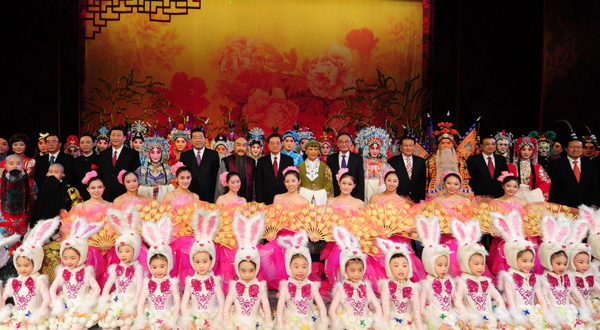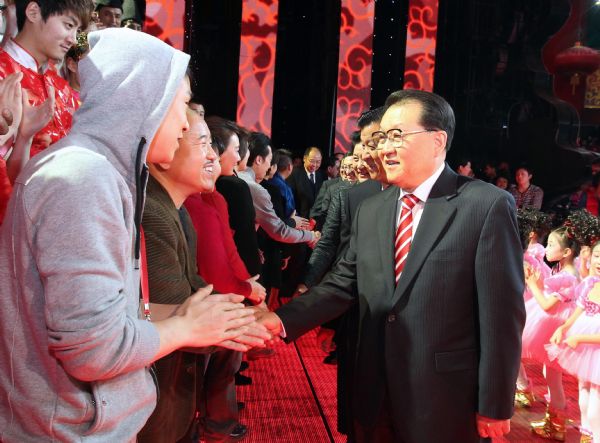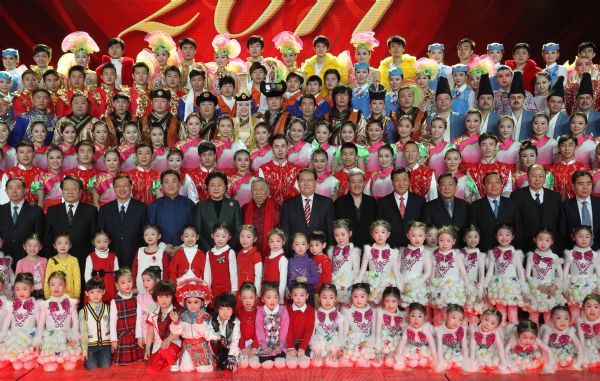by Keith Clarke
Those nice people at MasterCard seem to be all over the London arts business at the moment. No sooner has the ink dried on a three-year agreement with the Southbank Center that will support three annual summer festivals than the pen has come down on another three-year deal. Newest beneficiary is the Society of West End Theaters, which is using the cash (or is that credit?) to relaunch the Olivier Awards.
The society’s suitably theatrical president, Nica Burns, was clearly very excited to announce the news at the Theater Royal, Drury Lane on Feb. 7, almost going into vertical take off as she enthused over the healthy state of London theaters, which last year enjoyed a record $822 million and 14 million ticket buyers. “How brilliant is that?” asked Nica with a rhetorical flourish. And she had a ready answer: “It’s because we’re just bloody good at what we do!”
Such hearty back-slapping may have seemed a little un-English to arts writers quietly dunking their chocolate chip cookies, but never mind. Enjoying a bloody good place in the opera nominations was English National Opera, winning two nominations, for Elegy for Young Lovers and A Dog’s Heart. That should bring cheer to a company that is currently weathering the charge that it has a produced a turkey in Mike Figgis’ Lucrezia Borgia, just at the moment that it is being weighed in the Arts Council balance, along with every other arts organization in the country.
>>>
Nervous times at BBC Radio 3, the UK’s principal classical music station. The mighty BBC Trust has passed some tablets down the mountain, expressing the view that the station is elitist, heavy, inaccessible and daunting. What needs to be done, apparently, is to make Radio 3 “more welcoming and accessible”.
This will cause consternation among those for whom the station’s moves towards greater accessibility have already been unpalatable. At a time of monumental dumbing down, while Radio 3 has loosened its stays considerably in recent years (I understand some of the presenters even wear open-neck shirts), it has managed to maintain its position as a network for grown-ups with brains that are still functioning. If the BBC Trust wants to bring in the kind of unbelievably idiotic continuity announcers who fill the BBC Television networks with saccharine, there will surely be an uprising among Radio 3’s loyal and discerning listenership.
>>>
A footnote to the obituaries for the great Welsh soprano Margaret Price: Some years ago she came on to the stage of the Wigmore Hall to do a recital, supporting herself on crutches, one foot heavily encased in a plaster cast. Was it a skiing accident? Some falling scenery in the opera house? Not at all. She had dropped a magnum of champagne on her foot, she explained.






